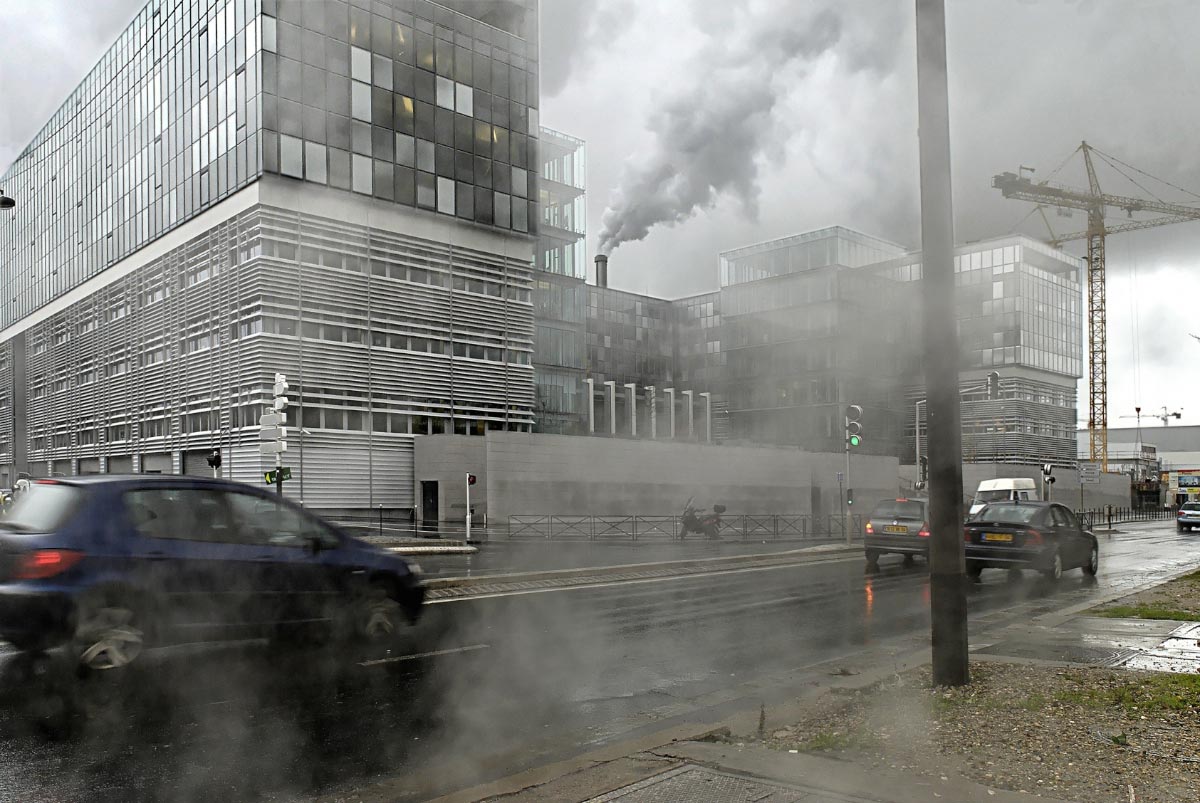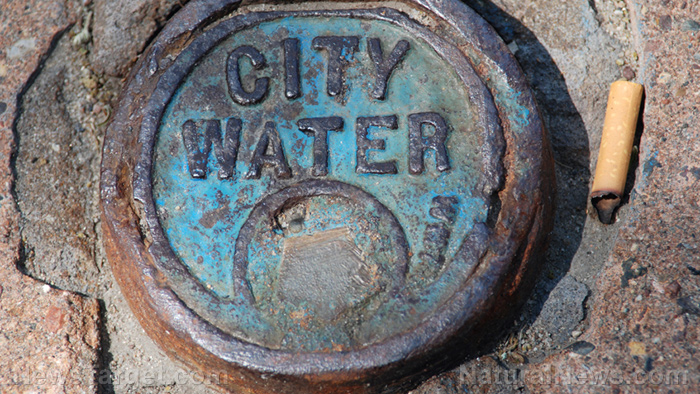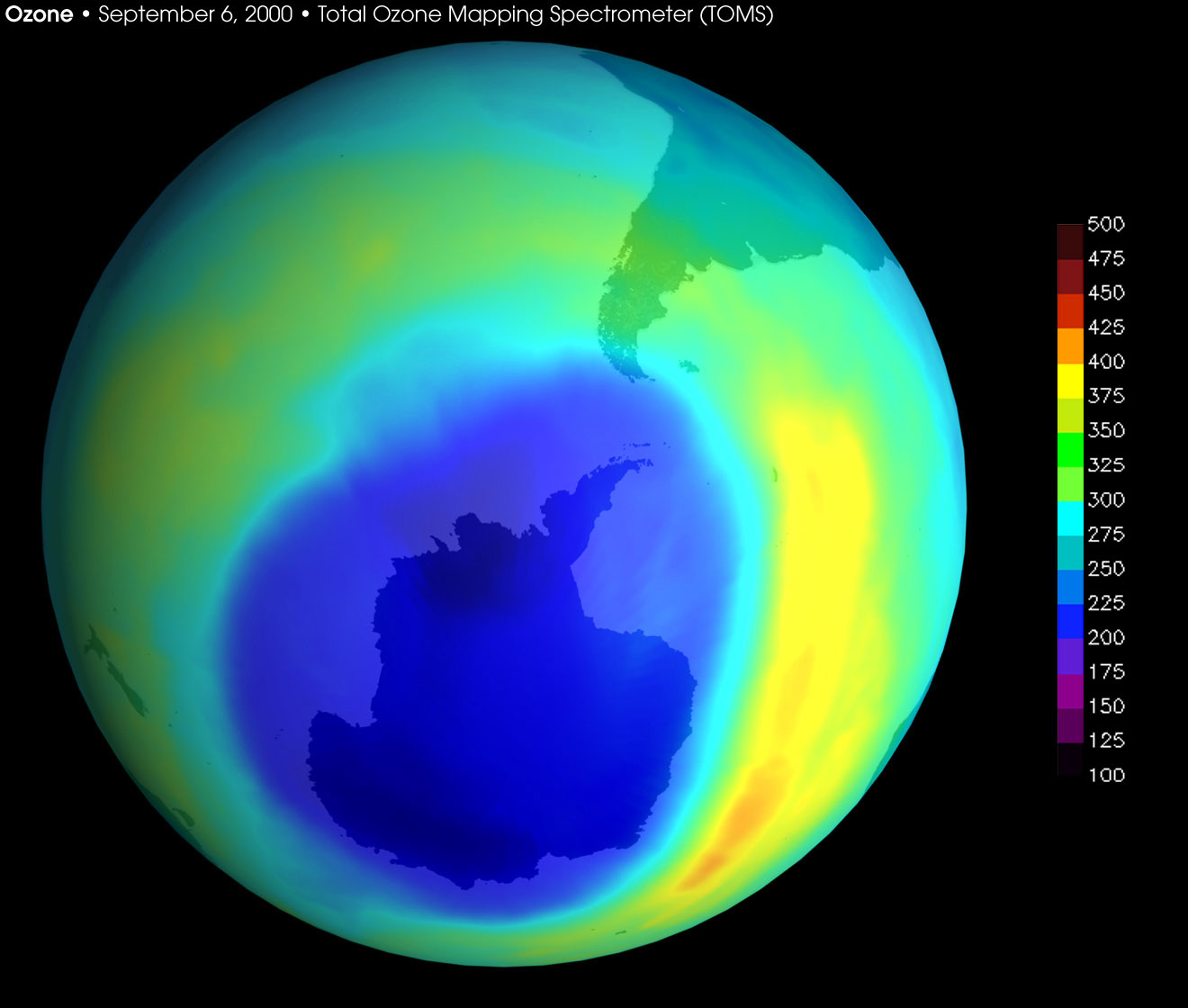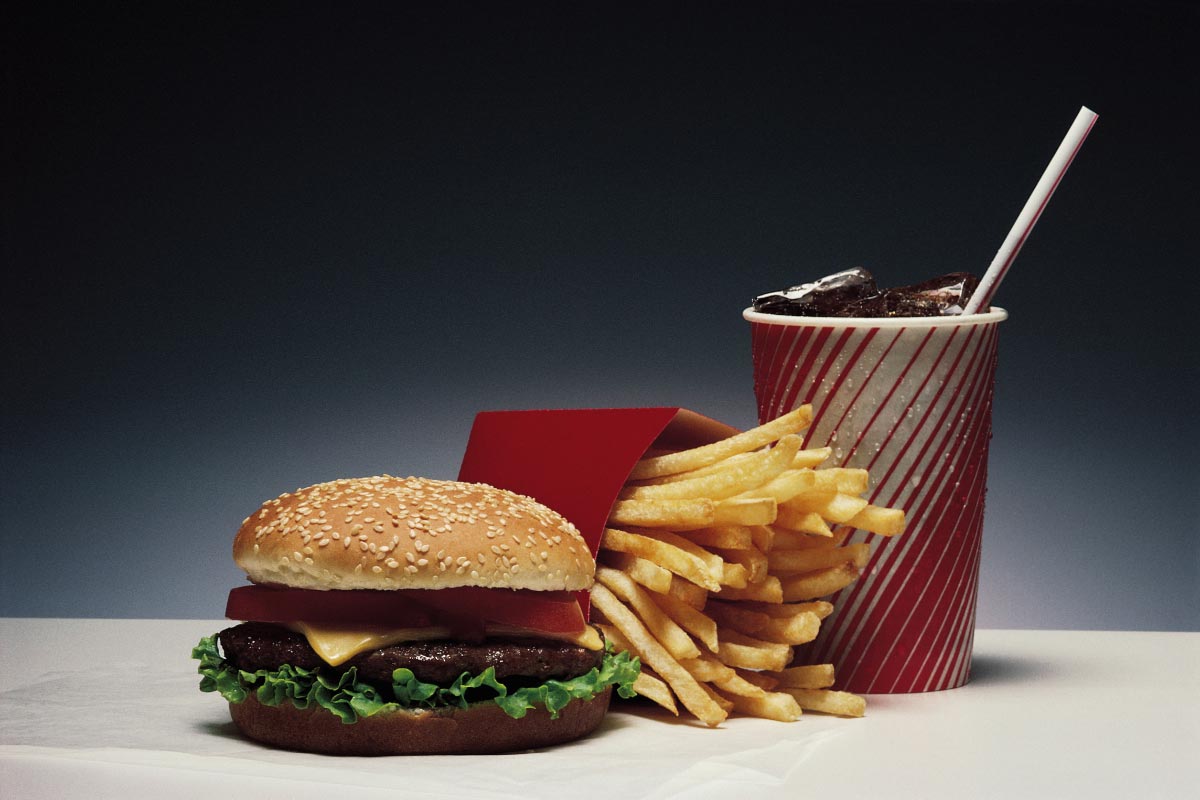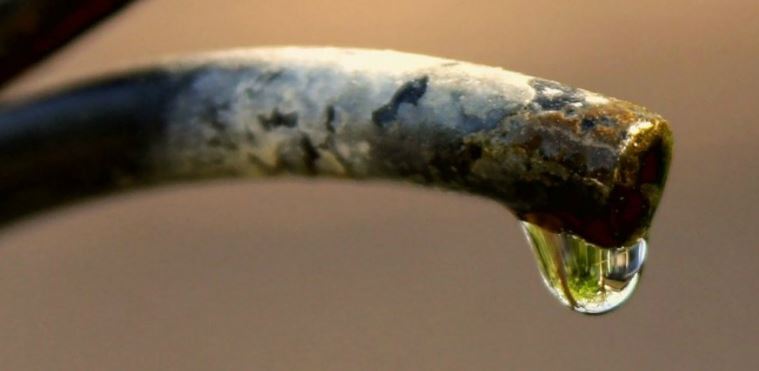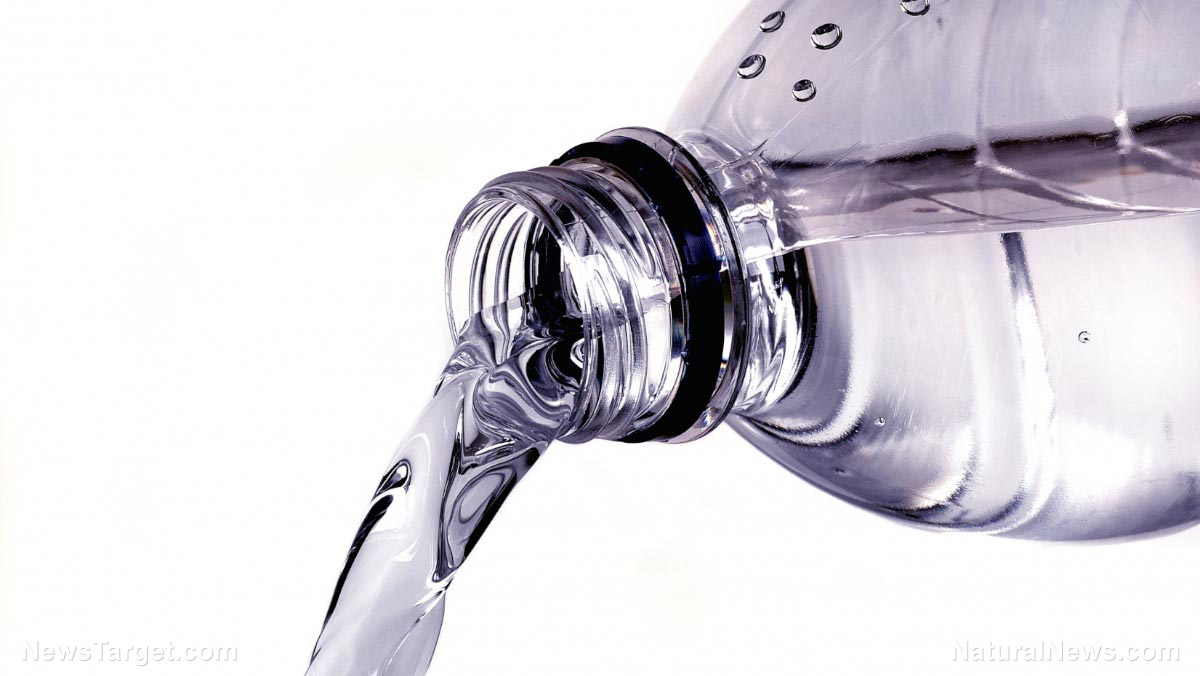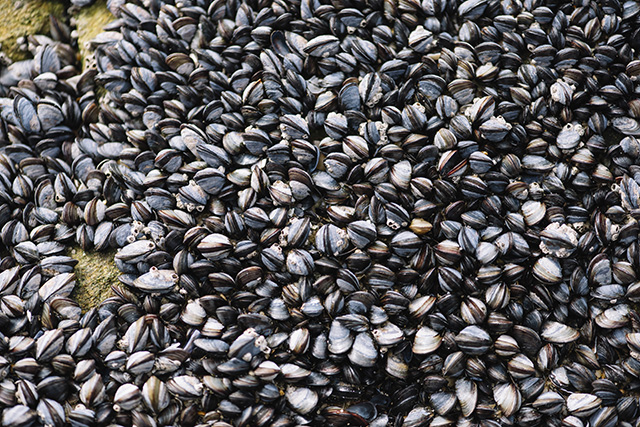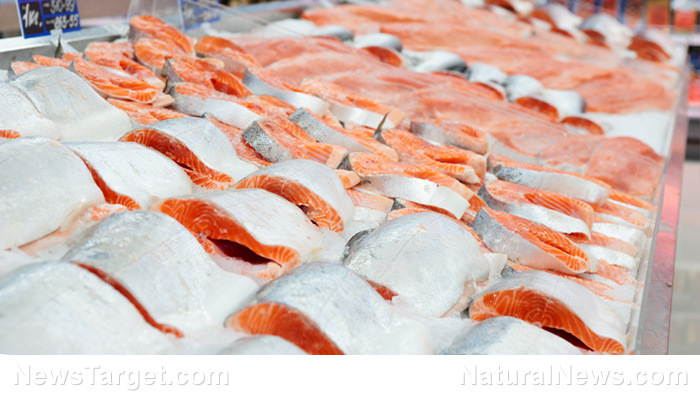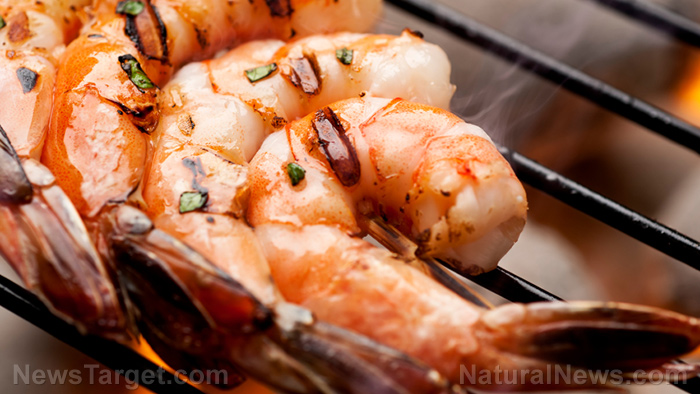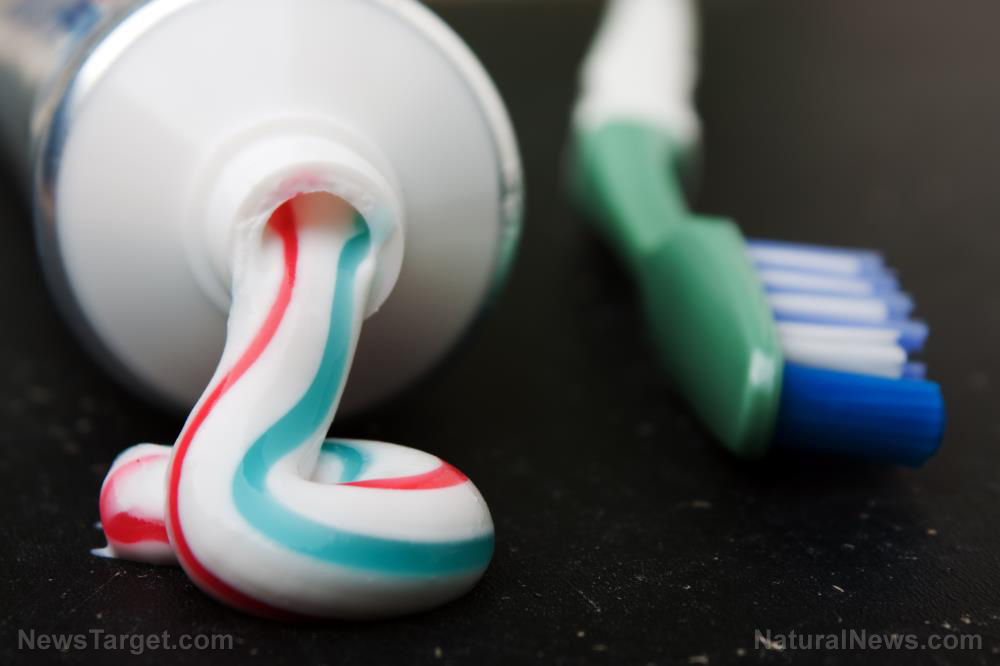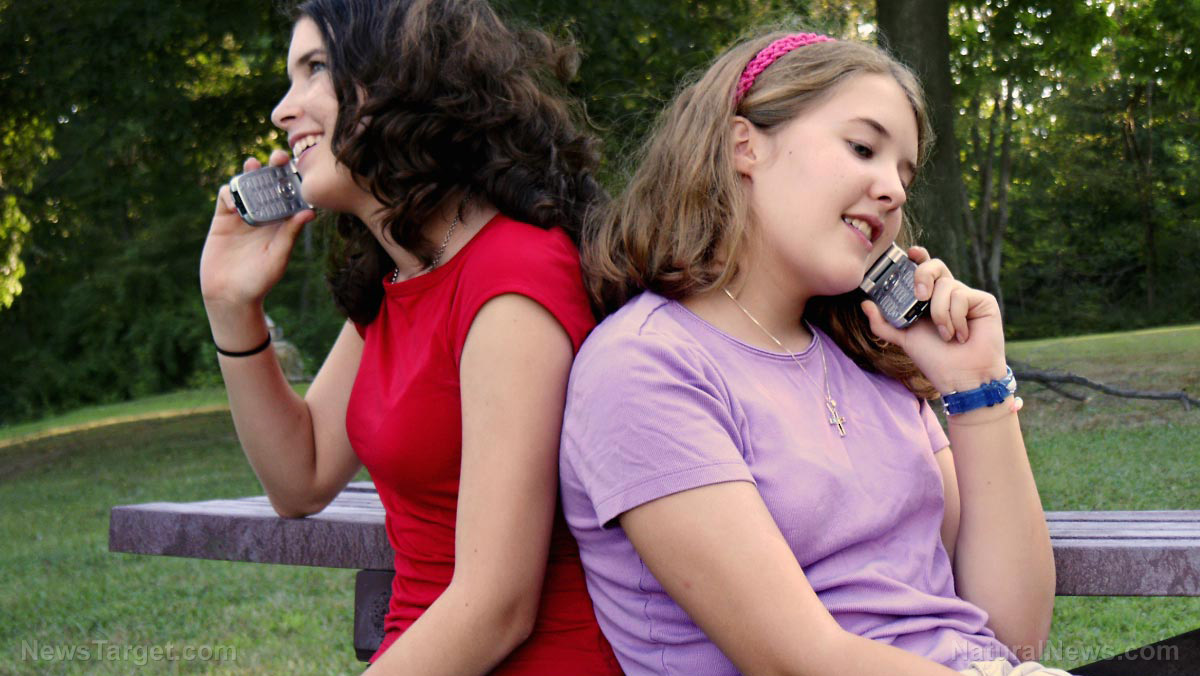Coral reefs in the Lower Florida Keys being destroyed by a mysterious disease
05/24/2019 / By Janine Acero

Scientists discovered a mysterious disease that has been killing the already dwindling coral reefs in the Lower Florida Keys. The scientists tried to prevent the outbreak from spreading for four years by removing the sick corals and setting underwater “fire breaks.”
Researchers from Florida Keys Community College, working with state and federal investigators, discovered the infected corals during a routine dive in Looe Key – south of Big Pine in part of the Florida Keys National Marine Sanctuary – to collect samples. The discovery put in jeopardy the southern end of the world’s third largest barrier reef, renowned for its biodiversity. The reef already lost half of its corals over the last two centuries and just emerged from a three-year bleaching event.
“It is just heartbreaking for us because it’s such an iconic reef,” said Mote Marine Laboratory biologist Erinn Muller. “I can’t sleep at night because I think about it and what else can we do.”
The disease, which is now known as the longest and largest infection for corals anywhere, jumped a gap in the 360-mile long reef tract at the Seven Mile Bridge, a point scientists hoped would provide a natural obstacle. It first appeared in Virginia Key in 2014 and spread north, south and west. It appeared to stop at the east end of the Keys bridge, until November 2017, Muller said.
Experts believe that a bacterial infection carried by currents could cause the disease, but little else is known. The Florida Current, which flows around the Florida Straits north into the Gulf Stream, likely carried it to Martin County, with smaller eddies spreading to south and west, added Muller.
When corals began deteriorating near Virginia Key, the U.S. Army Corps of Engineers was dredging Government Cut. Miami-Dade County also has a massive sewage outfall pipe nearby. It is not clear whether these events triggered the disease or contributed to the spread on already stressed corals that also endured consecutive warm summers since 2014.
“We have this one unique event and nobody was there figuring all these things out as it was happening,” Muller said. “We’ll do our best to go back and recover information, but as of right now I’m not convinced we’ll ever know.”
Researchers from the Florida Department of Environmental Protection, together with the National Oceanic and Atmospheric Administration, universities and nonprofits including Mote Marine Laboratory, set up a joint investigation to identify the source of the disease. So far, the experts have not been successful because they were unable to grow cultures. Corals collect both good and bad bacteria, and the researchers needed to grow suspected pathogens on healthy corals to identify the bad ones.
Muller identified a certain pattern. “It definitely has hot places,” she said. “You have certain reefs getting infected but then it seems to hop over a reef and show up in a different area than where we expect.”
Corals are dying at an alarming rate. The researchers are working to identify vulnerable corals and find ways to treat or at least contain the damage.
“Some species are becoming extinct within certain regions,” Muller said. “We’re having basically local extinctions.”
The only other comparable disease outbreak occurred in the 1970s and ’80s, which nearly wiped out staghorn and elkhorn corals, and got the species included on the endangered list. Scientists still don’t know what caused the disease, but they are hopeful that they can solve this epidemic. Coral research has advanced dramatically in the last four decades and reef rebuilding efforts started, with nurseries from the Keys to Miami growing corals.
Small steps to protect the corals
The world is slowly understanding and accepting that what we do daily can affect the environment. Being land inhabitants, corals are not something we think about every day. But the effects of our actions on the environment extend all the way to the reefs. By proactively creating awareness about the global impact of our actions, we can collectively make the necessary living adjustments to improve our planet’s health.
- Go green. Buy energy efficient products, conserve energy, reuse materials, and eat sustainably.
- Travel smart. According to the State of Washington Department of Ecology, more than half of carbon emissions come from vehicles. Switch to a fuel-efficient car or switch up your daily commute with walking, bicycling, and carpooling.
- Reduce pollution. Be mindful of the chemicals that your fertilizers, detergents, and cleansers may contain, which could end up in water systems and eventually in bodies of water. Use less water in general to decrease the level of wastewater. Commercial sunscreens have also been found to be harmful to corals, so be sure to buy biodegradable sunscreen.
- Volunteer in beach clean-ups. There is always trash due to high volumes of tourism on beaches. Help pick up after yourself, as well as others, and encourage others to do the same.
Environ.news has the latest about corals, and how we can help them survive.
Sources include:
Tagged Under: biodiversity, coral reefs, Diseases, environment, extinction, habitats, human impact, marine ecology, marine ecosystems, marine life, marine species, ocean health, Oceans, wildlife
RECENT NEWS & ARTICLES
COPYRIGHT © 2017 TOXINS NEWS



